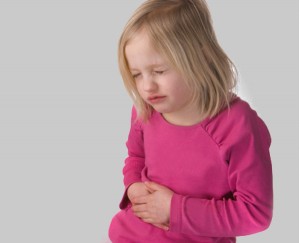Stomach pains are very common conditions experienced by children. Call 911 immediately if the stomach pain is restricting your child’s movement or is making him or her too weak to get up or stand. Disclaimer: This post is for information purposes only. To learn to recognize, provide aid and help manage children with abdominal pain enrol in St Mark James first aid and CPR training. 
Treatment
- Make sure your child rests if he is having a stomach ache. It is important that he does not play or perform any activity after eating
- Treat the symptoms of the stomach ache. Give your child clear fluids to drink. This can include broth, water and clear fruit juices
- Give your child foods that are bland such as plain bread, saltine crackers, dry toast, gelatin, rice or applesauce. Avoid giving him or her greasy or spicy foods. Additionally, you must also make sure your child does not have any carbonated or caffeinated beverages until 2 days after the symptoms have disappeared
- Tell him or her to have bowel movements
- Give your child pain medication under your doctor’s consent. Do NOT give your child aspirin. It is possible that the drugs may aggravate the stomach ache, therefore, make sure you consult your doctor before giving your child any medication for stomach aches
When to seek medical help
Seek medical attention immediately if your child exhibits the following symptoms:
- Constant pain especially on the right side of your child’s abdomen. Persistent pain in this location may be a sign of appendicitis, which is an emergency condition. It is important that you seek medical help immediately if your child is suffering abdominal pain on the right side.
- Pain that exacerbates even after treatment for 24 hours
- Pain that is only affecting one part of the abdomen
- Tenderness, pain or swelling of the stomach. Apply a little pressure on the stomach to check for rebound pressure
- The abdomen is too rigid–not normal–or swollen when touched
- Other symptoms accompanied with abdominal pain such as fever, nausea, vomiting or diarrhea
- Rectal bleeding
- Blood in the urine or stool
- Blood or blood clots in the vomit
- Your child has gone through a very recent abdominal injury
For more information about providing first aid enrol in a course today (register here).
